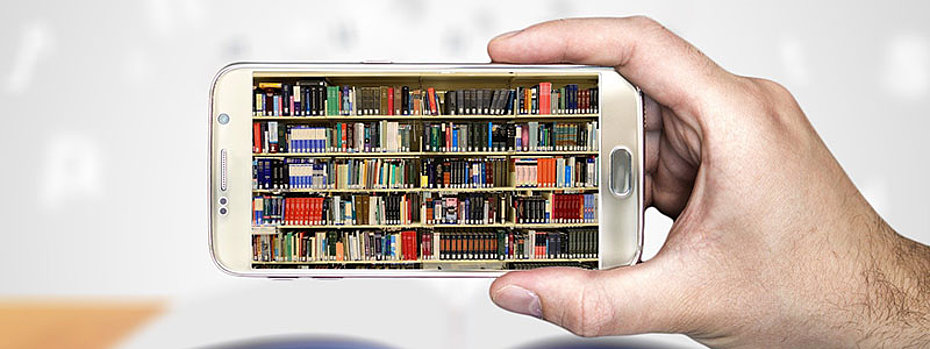Squeegeeing
In surface technology, “squeegeeing” refers to a process used to remove excess coating materials or impurities from a surface. This process often takes place after the application of coatings such as paint, varnish or primer and is crucial for achieving a smooth and even surface.
When squeegeeing, a tool such as a squeegee or squeegee blade is usually used to peel or remove the excess coating materials. This is done with even pressure and in a specific direction to achieve a smooth surface without streaks or irregularities.
The scraping process requires skill and experience to achieve optimum results. Incorrect application can cause unwanted damage to the surface or make the coating uneven. It is therefore important that the process is carried out by trained personnel who have the necessary expertise and technique.
Squeegeeing is also often used to remove impurities such as dust, dirt or particles from the surface before the coating is applied. This helps to ensure better adhesion and quality of the coating and minimizes the risk of defects or flaws.
Overall, squeegeeing cleaning is an important step in surface technology that helps to achieve high-quality and uniform surfaces. By carrying out this process carefully, coatings can be optimally applied and contaminants effectively removed to achieve optimum results.
Back to listThis definition is taken from the surface technology encyclopedia from Surface Technology Online. You can find many more technical terms from the surface technology industry in our lexicon overview.
Would you like to add technical terms to the surface technology encyclopedia (also with a mention as author)? Please contact us by mail or phone to discuss further details.

